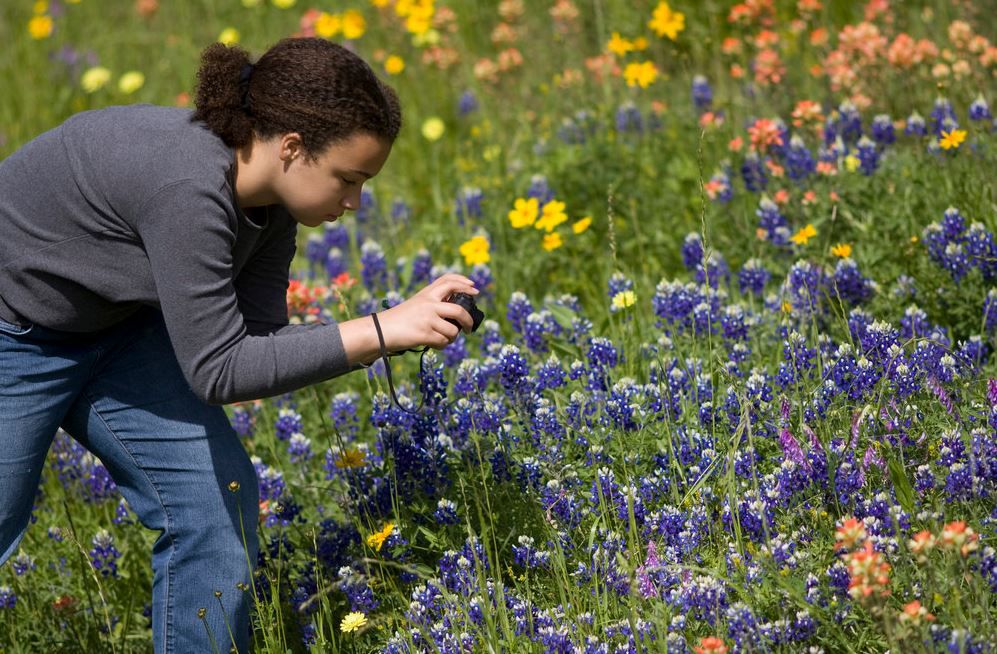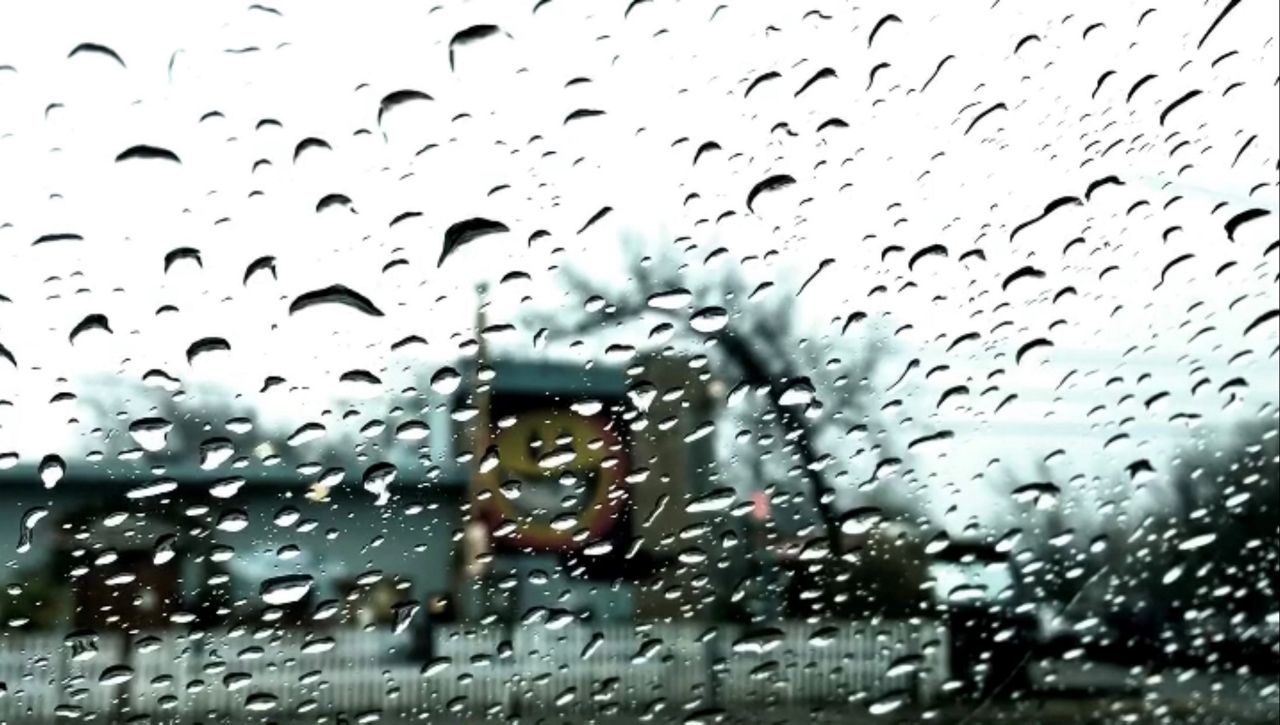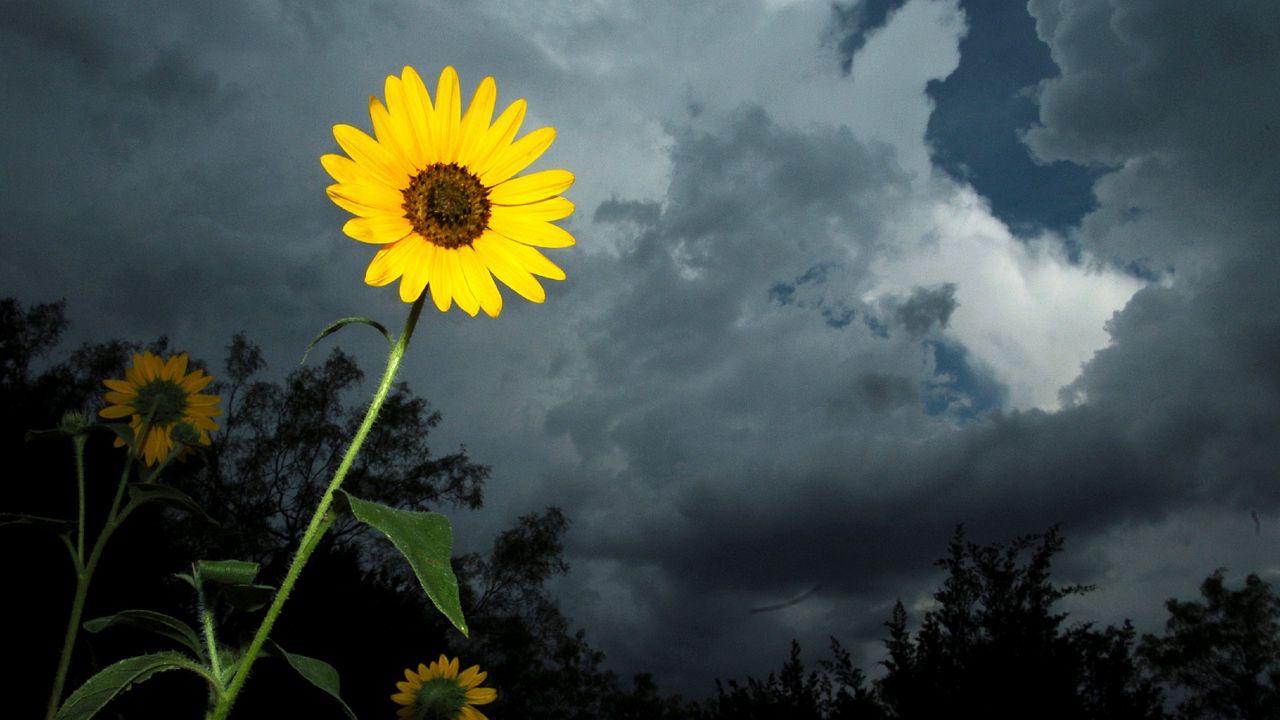Do you know the phrase "April showers bring May flowers"? I wanted to take a closer look at what this means for Texas since the spring wildflower season is already here.
They're here! Wildflowers are blooming across Texas, and strong to severe storms are becoming more frequent for some parts of the state. Hello, spring in Texas!

This got me thinking about the phrase "April showers bring May flowers." Does this phrase really hold any truth to the Lone Star State since wildflowers are already here?
First, I got some wildflower insight from the Lady Bird Johnson Wildflower Center's wildflower forecast for 2022. According to the Center's director of horticulture, Andrea DeLong-Amaya, this year's display is expected to be average because of less rain this past fall and winter.
So based on this, it appears the spring wildflower season in Texas really relies on fall and winter rainfall.
Of course, we know rain encourages more things to bloom and grow outside. With lack of rainfall, or like the current worsening drought conditions across Texas, there may be more stress on the wildflowers, and their bloom might not be as vibrant.
So it would appear that it's really fall and winter showers that actually bring spring flowers to the Lone Star State. Any April rain would, of course, be beneficial, and could give wildflowers a little more energy to bloom, and they wouldn't be so stressed.

Since this phrase focuses on April rainfall, I looked into the precipitation climatology of our Texas cities. Not all of Texas gets needed and beneficial rain this time of year.
While April does bring more rounds of rain and storms for some, others see a larger monthly rainfall average into the early summer and fall.
The winner for highest average April rainfall is Beaumont at 3.93". The lowest? El Paso, at just 0.17".
Brownsville and Laredo average closer to 1.50" this month, while Austin, San Antonio and Corpus Christi typically pick up over 2" of rainfall.
Dallas/Fort Worth, on average, should pick up 3.22".
The rainiest months for El Paso are July, August and September, when the monsoon plays a large part in the weather pattern.
For South Texas, the rainiest months are usually May, June and September. The rainfall influence here? Hurricane season. For Southeast Texas, it's also a tropical connection for the rainiest months of the year: June, July, August and September.
For Central and South Central Texas, the most rainfall of the year usually occurs in May, June, September and October.
For Dallas/Fort Worth, May and October are typically the rainiest months of the year.
With worsening and expanding drought conditions across the state, the more rain we can pick up now, the better.
With La Niña conditions expected to continue into the summer, that means more dry and warmer-than-average conditions will most likely continue.
Without the needed rainfall, there's an impact on our soil moisture and ultimately our temperatures. It may be a very hot summer if we don't see more rainfall into early summer.



